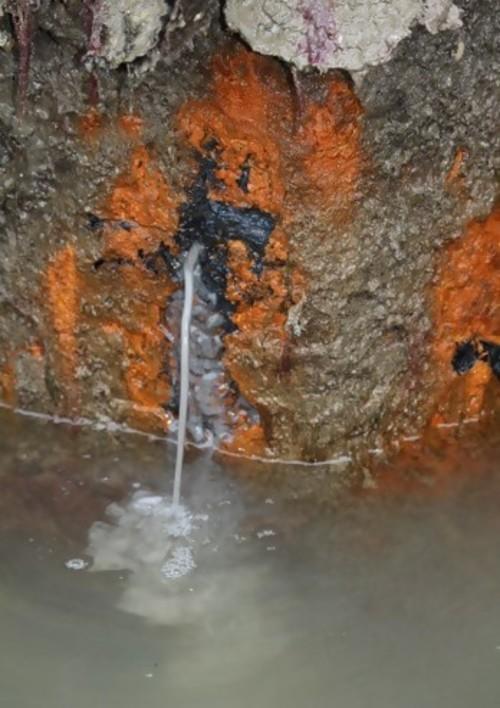A year ago, iron-eating bacteria were all over the news because ships in the port of Ghent Terneuzen suffered from very rapid corrosion damage.
The suspected cause was microbiological, otherwise known as MIC corrosion. Since then, a number of misconceptions have been circulating in the media about this subject. What exactly are the facts and what are the myths?
X Myth: bacteria cannot cause corrosion at all.
√ Fact: there are bacteria that can eat iron.
√ Fact: such bacteria can damage unprotected steel (iron) very quickly.
X Myth: there is one type of iron-eating bacteria.
√ Fact: there are many types of bacteria that can attack iron-containing structures.
X Myth: the spread of the bacteria can be prevented.
√ Fact: these bacteria are found everywhere. They just grow better in some places than in others.
√ Fact: the environment, the type of material and protective measures determine whether damage will occur.
X Myth: nothing can be done against iron-eating bacteria.
√ Fact: there are various methods such as coating or cathodic protection to prevent damage by these bacteria.
X Myth: there is no point in carrying out large-scale research.
√ Fact: by determining the environmental conditions and microbes present, for example in a harbour, a risk assessment can be made to determine whether such damage will occur and subsequently appropriate measures can be taken.
X Myth: damage by iron-eating bacteria is a unique Belgian phenomenon.
.√ Fact: we work daily with customers both at home and abroad who experience damage from iron-eating bacteria and help them to prevent damage, reduce maintenance costs and to be able to work safely.


If you want to know more about MIC corrosion, please contact Elsemiek Croese,
croese@microbialanalysis.com

If you want to know more about MIC corrosion, please contact Rob Elzinga,
elzinga@microbialanalysis.com